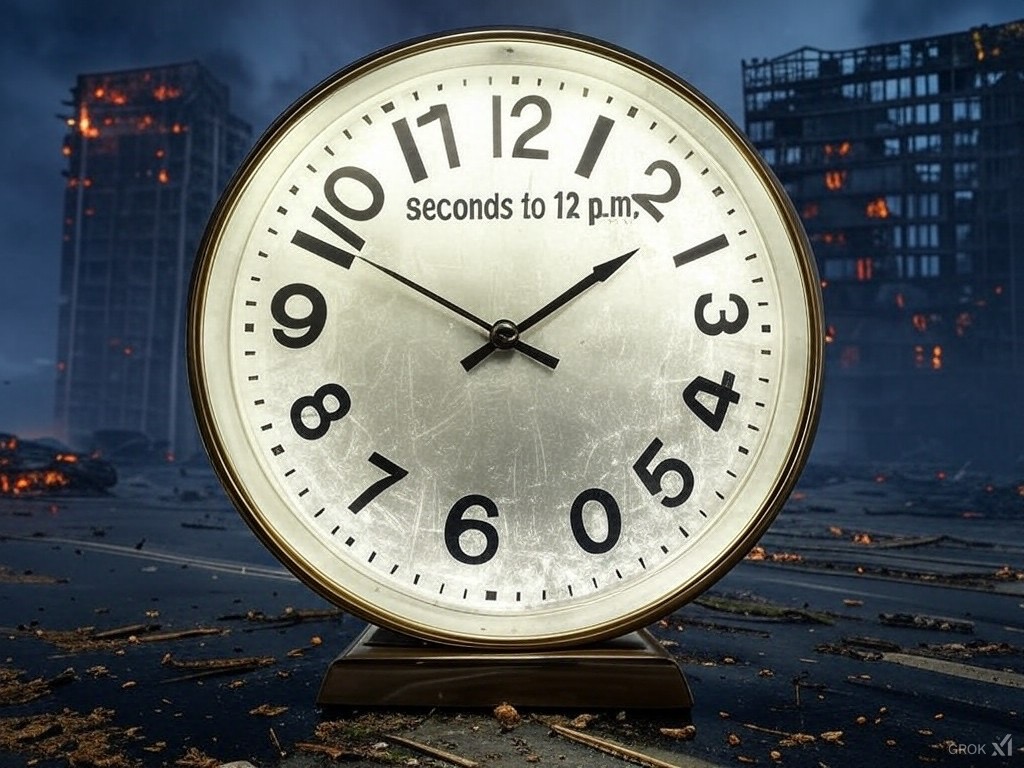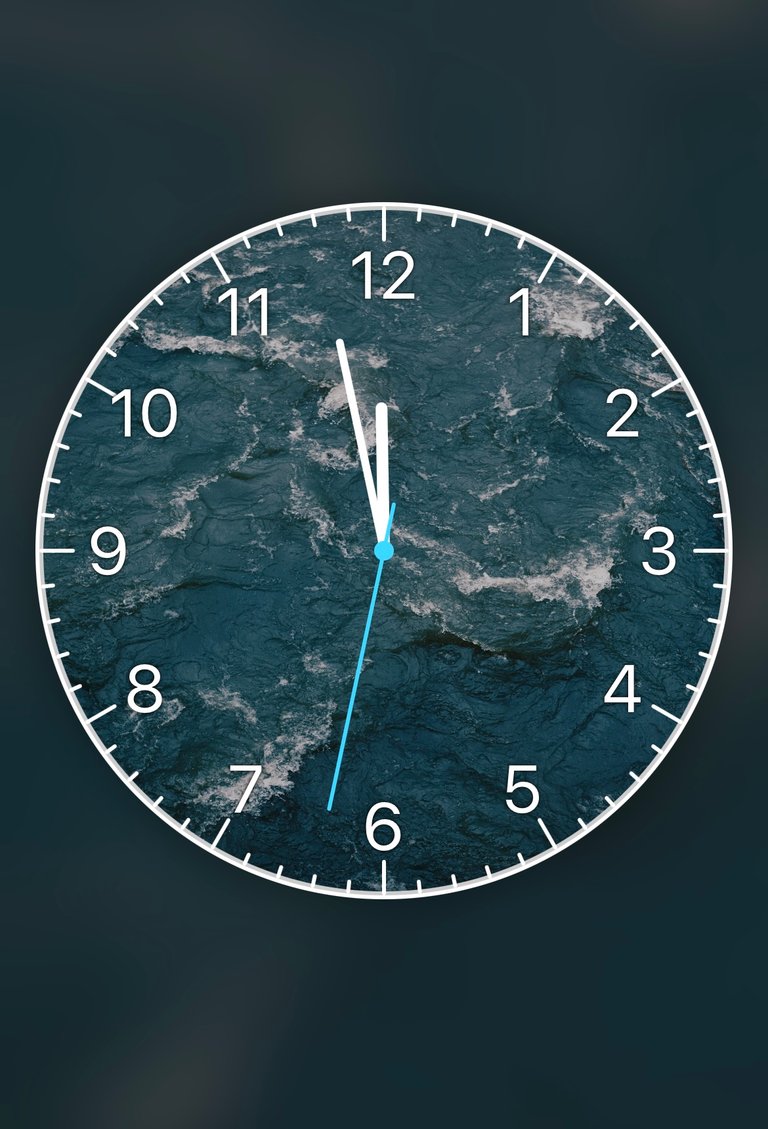The Doomsday Clock is a symbol that shows how close the world is to a big disaster, like nuclear war or climate change. It was created in 1947 by scientists who worked on nuclear weapons.

The clock is not real…it’s just an idea. The closer the time is to midnight, the closer we are to a global crisis. Scientists move the clock’s hands based on world events, like wars, pollution, or dangerous technology.
Right now, the clock is the closest it has ever been to midnight, meaning the world is in great danger. It’s a warning for people and leaders to act before it’s too late.
Alright, so here’s how the Doomsday Clock works: a bunch of really smart scientists (who probably drink too much coffee) look at what’s happening in the world—wars, pollution, bad decisions by leaders, new dangerous technology—and then decide if we’re closer or farther from midnight (which means global disaster). The closer to midnight, the worse things are. The farther from midnight, the safer we are. Simple, right?
The closest we’ve ever been: Apparently right now…The clock is at 89 seconds to midnight. That means things are pretty bad—wars, climate change, AI risks, all kinds of problems. Basically, if this were a movie, we’d be at the part where the dramatic music plays, and everyone looks worried.
The farthest we’ve ever been: In 1991, after the Cold War started to calm down. The clock was at 17 minutes to midnight. That’s the most relaxed it’s ever been. No world-ending tension, just a nice break. Probably the last time the scientists took a deep breath.
So, is this clock useful? Maybe. It’s like a scary countdown that never ends. But instead of making people run for the hills, it’s supposed to make world leaders wake up and do something. The problem is, some of them probably just hit "snooze."

Okay, so the Doomsday Clock is basically a big, scary way for scientists to say, “Hey, everyone! The world is in danger!” It’s not a real clock, nobody is standing there ready to press a big red button at midnight, but it’s a symbol. The closer we get to midnight, the more trouble we’re in—nuclear war, climate disasters, crazy technology, you name it.
Now, is this really a good way to tell people what’s coming? I don’t know. It feels a bit like a horror movie trailer—“The end is near! Be afraid!” It reminds me of Inferno by Dan Brown, where a genius creates chaos because he thinks the world is doomed. Is scaring people the best way to save the world? Maybe. Maybe not.
Should we be worried? A little. But should we panic like we’re in some disaster movie? Probably not. The clock is important because it makes leaders pay attention (hopefully). But fear alone won’t fix anything. We need real action, not just a ticking clock making us sweat.
Okay, so I’ve told you about the Doomsday Clock—the big scary countdown that scientists use to warn us about global disasters. But now I have some questions for you:
Do you think this is the right way to warn people? Is it good to scare everyone with a ticking clock? Or is there a better way to make people care about the future?
Should we panic, or is this just to scare us? The clock is the closest to midnight it has ever been. Should we be freaking out, or is this just another way to grab attention?
What can we actually do to help? We can’t just sit here and wait for midnight to come, right? What can normal people do to make the world safer? Is there a way to fix things before it’s too late?
What do you think—is the Doomsday Clock a real warning, or just a way to scare us into action?
“A positive mindset, not a doomsday mentality, supports being exceptional.”
Wayne Dyer
With love, @tinabrezpike ❤️